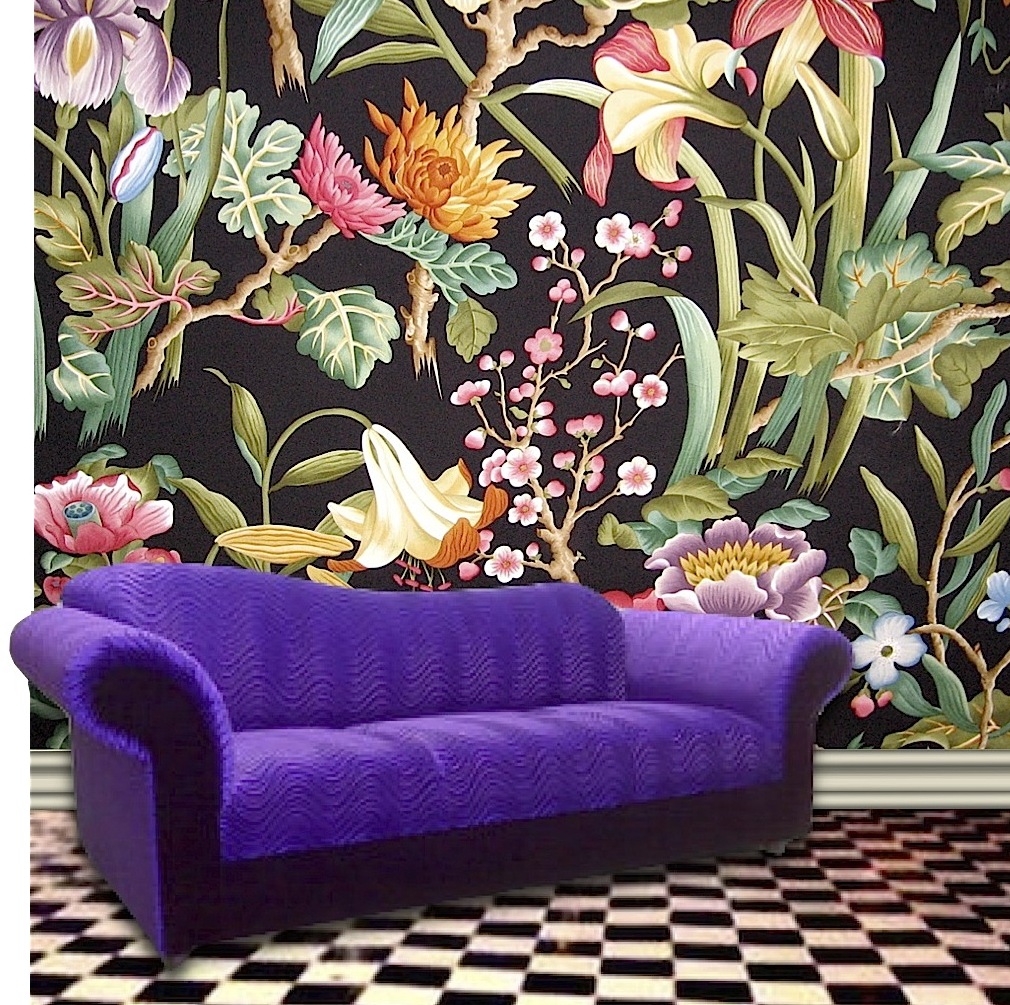


So, what’s a girl to do? Improvise with…. I’m also not super passionate about the prices of this stuff. I have seen some stunning and creative uses for it, but what I’m nervous about is changing my mind and then being stuck. I’m pretty in love with the idea of wallpaper. We will be there every step of the way from fabric selection to measurements to installation.Looking for a temporary wallpaper solution and don’t want to spend big bucks? Try this DIY fabric wallpaper!
USING FABRIC TO COVER WALLS INSTALL
If you are interested in full-wall channel tufting, then we will create the upholstered piece in our workroom and install it to the wall like heavy furniture or built ins.įeeling overwhelmed? Don’t let full-wall fabric intimidate you. Whether you are extending a headboard or banquette, this look is very boutique and inspired by the hospitality industry.
USING FABRIC TO COVER WALLS FULL
It’s become on trend to extend channel tufting the full length of the wall to create a statement. We love the use of a cornice on a wall- it adds dimensional luxurious feel to the room. Some designers are pairing top treatments with full wall drapery and others are using them to frame a vignette in a sitting room or bedroom. Top treatments are making a maximalist comeback. The most popular drapery for this kind of wall covering is euro-pleated or box pleated drapery. We will run drapery rods along the ceiling and create custom curtains just like we would for a window, but instead of covering a window, we will be covering a wall floor to ceiling. This is the least invasive way to add an upholstered-look to your walls. Read also: Tips & Tricks for Buying at High Point Market Drape it Starched fabric can be removed by dampening it enough to peel off, then washing the walls with soap and water. Starching is a good choice if you think you may change your mind later. If you choose this method, we suggest picking a lighter weight fabric like muslin or tulle. Rather than stapling, we can treat fabric like wallpaper by attaching it with liquid starch. For an extra plush look, we can cover your wall with batting before adding the fabric.
:max_bytes(150000):strip_icc()/cover-your-walls-with-fabric-452675-hero-cfa3f80783344fb7839412dbc32978e0.jpg)
If you have plastered walls, we’ll need to attach lath strips to the wall first, so we can staple into the softer wood. This is the easiest approach for covering drywall. Much like upholstering a chair seat, this method uses staples to adhere fabric to the wall.

Go for wider width, lighter weight fabrics that don’t stretch.Fabric covered walls are best in rooms with low traffic.Here are three great options: Staple it, Starch it, and Drape it! Tips for choosing fabric It all depends on the method we use to hang your fabric. Choosing your lookĪ fabric-covered wall can be as temporary or permanent as you want. For bedrooms, libraries and media rooms, upholstered walls feel as good as they look. It’s also great for sound dampening and covering less than perfect walls. For cozy chic walls, nothing feels as good as fabric.Ĭovering walls with fabric adds warmth and cozy texture you can’t get with paint or wallpaper.


 0 kommentar(er)
0 kommentar(er)
